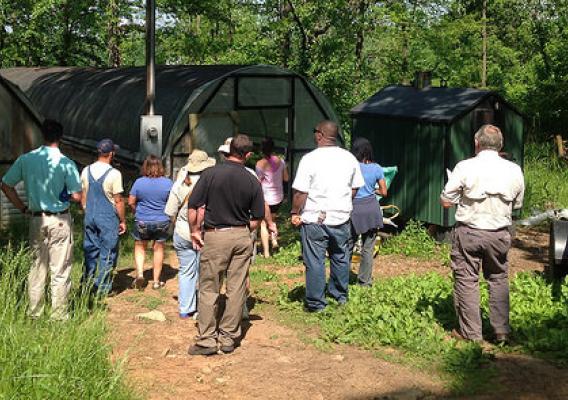The Small Business Innovation Research (SBIR) program at USDA offers competitively awarded grants to qualified small businesses to support high quality, advanced concepts research related to important scientific problems and opportunities in agriculture that could lead to significant public benefits. The National Institute of Food and Agriculture (NIFA) administers SBIR Phase I grants that are limited to $100,000 and a duration of 8 months, and Phase II grants of up to $500,000 and 24 months that are open only to Phase I awardees. Below is the first-hand account of NIFA-funded SBIR research from Agenor Mafra-Neto, President and CEO of ISCA Technologies, Inc.
It might sound like the subject of the lamest B-horror flick ever made, but for pine trees in western North America, it’s a true story—the plant world’s equivalent of a zombie plague that has destroyed an estimated 723 million cubic of timber on more than 17.5 million hectares of forested land.
All on account of a tiny mountain pine beetle (MPB), no larger than a single grain of rice.










